SHUTDOWN VALVES
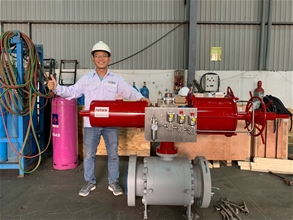
Mã sản phẩm: SDV-008
Giá bán: 0 ₫
Shut down valve
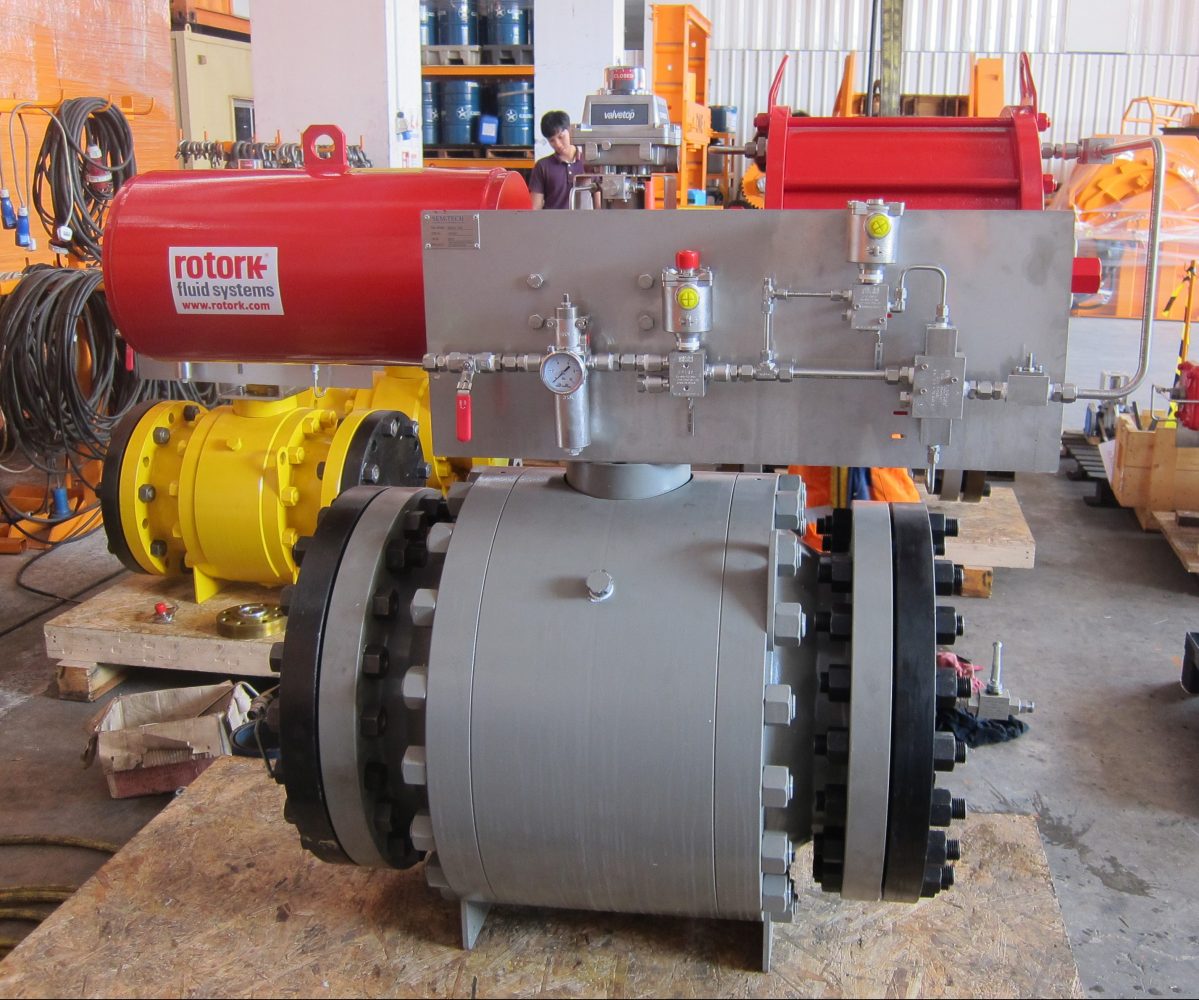
A shut down valve (also referred to as SDV or Emergency Shutdown Valve, ESV, ESD, or ESDV) is an actuated valve designed to stop the flow of a hazardous fluid upon the detection of a dangerous event. This provides protection against possible harm to people, equipment or the environment. Shutdown valves form part of a Safety Instrumented System. The process of providing automated safety protection upon the detection of a hazardous event is called Functional Safety
Shutdown valves are primarily associated with the petroleum industry although other industries may also require this type of protection system. ESD valves are required by law on any equipment placed on an offshore drilling rig to prevent catastrophic events like the BP Horizon explosion in the Gulf of Mexico in 2010.
Types of valve
For fluids, metal seated ball valves are used as shut-down valves (SDV's). Use of metal seated ball valves leads to overall lower costs when taking into account lost production and inventory, and valve repair costs resulting from the use of soft seated ball valves which have a lower initial cost.
Straight-through flow valves, such as rotary-shaft ball valves, are typically high-recovery valves. High recovery valves are valves that lose little energy due to little flow turbulence. Flow paths are straight through. Rotary control valves, butterfly valve and ball valves are good examples.
For air intake shut down, two distinct types are commonly utilized, i.e. butterfly valves and swing gate or guillotine valves. Because diesel engines ignite fuel using compression instead of an electronic ignition, shutting off the fuel source to a diesel engine will not necessarily stop the engine from running. When an external hydrocarbon, such as methane gas, is present in the atmosphere, it can be sucked into a diesel engine causing overspeed or over revving, potentially leading to a catastrophic failure and explosion. When actuated, ESD valves stop the flow of air and prevent these failures.
Types of actuation
Pneumatically actuated shut down valve
As shutdown valves form part of a SIS it is necessary to operate the valve by means of an actuator. These actuators are normally fail safe fluid power type. Typical examples of these are:
-
- Pneumatic cylinder
- Hydraulic cylinder
- Electro-hydraulic actuator
In addition to the fluid type, actuators also vary in the manner in which the energy is stored to operate the valve on demand as follows:
-
- single-acting cylinder - Or spring return where the energy is stored by means of a compressed spring
- double-acting cylinder - Energy is stored using a volume of compressed fluid
The type of actuation required depends upon the application, site facilities and also the physical space available although the majority of actuators used for shutdown valves are of the spring return type due to the fail safe nature of spring return systems
Measuring performance
For shutdown valves used in safety instrumented systems it is essential to know that the valve is capable of providing the required level of safety performance and that the valve will operate on demand. The required level of performance is dicated by the Safety Integrity Level (SIL). In order to adhere to this level of performance it is necessary to test the valve. There are 2 types of testing methods available being
- Proof test - A manual test that allows the operator to determine whether the valve is in the "as good as new" condition by testing for all possible failure modes and requires a plant shutdown
- Diagnostic Test - An automated on-line test that will detect a percentage of the possible failure modes of the shutdown valve. An example of this for a shutdown valve would be a partial stroke test. An example of a mechanical partial stroke test device can be found here
Sản phẩm đã được thêm vào giỏ hàng
Sản phẩm đã được thêm vào giỏ hàng
Cảm ơn bạn đã quan tâm. Chúng tôi sẽ liên hệ lại với bạn trong thời gian sớm nhất.
Cảm ơn bạn đã quan tâm. Chúng tôi sẽ gửi những thông tin mới nhất của chúng tôi cho bạn qua email này!
.jpg)

.jpg)



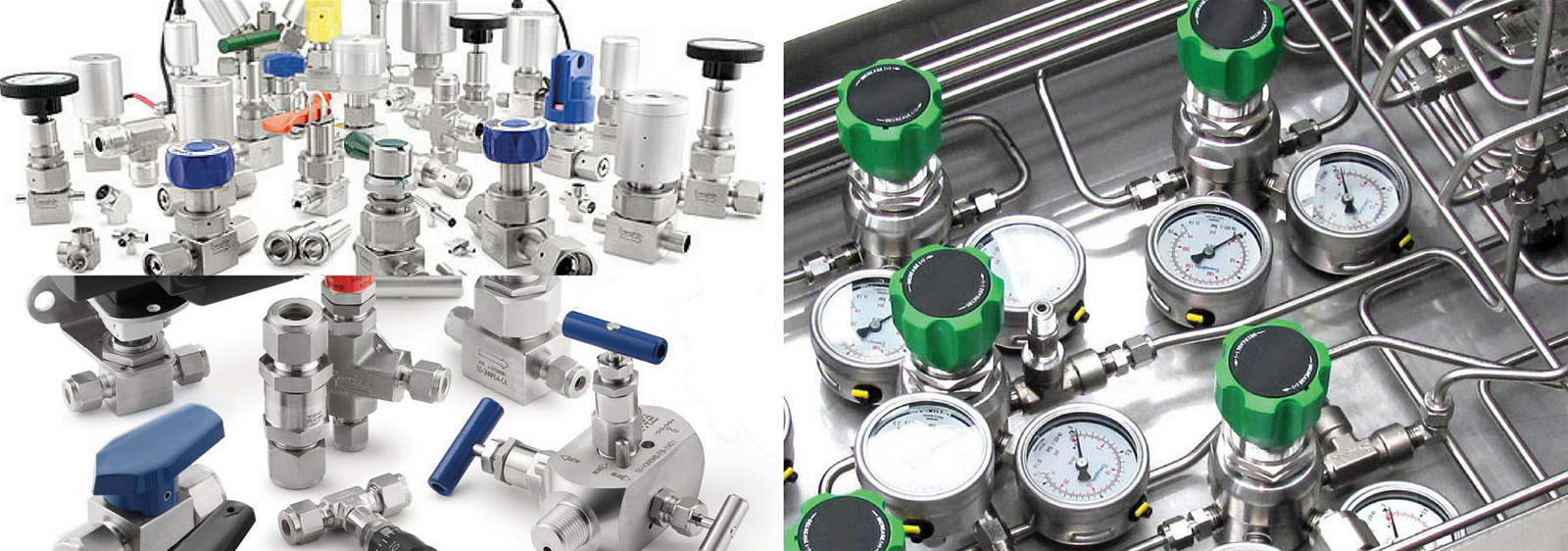

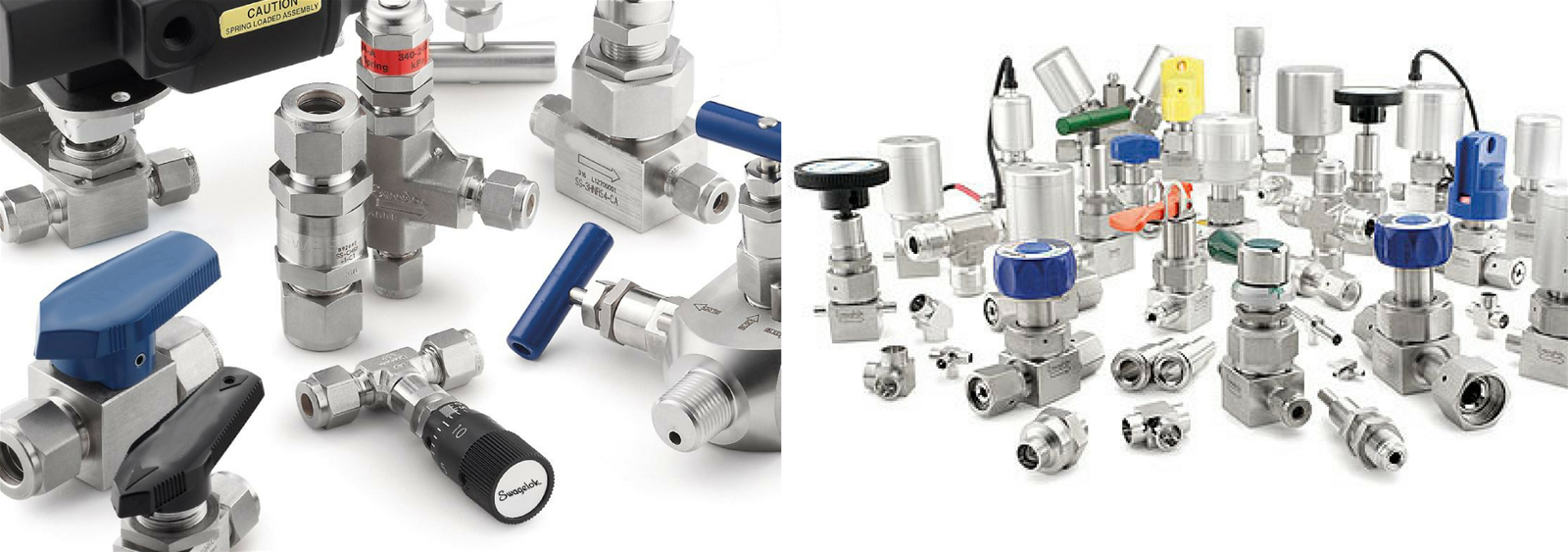
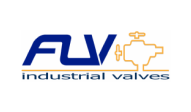



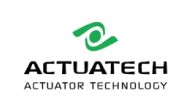

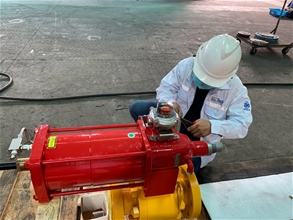
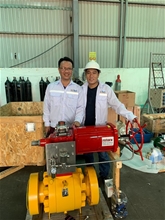
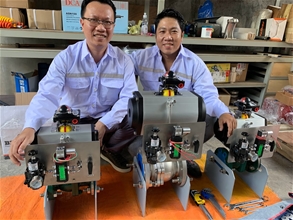
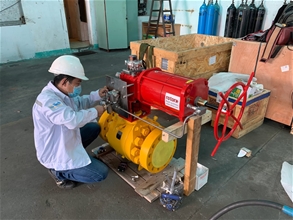
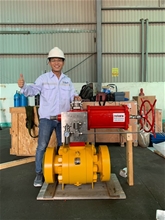
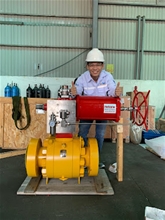
Gửi phản hồi